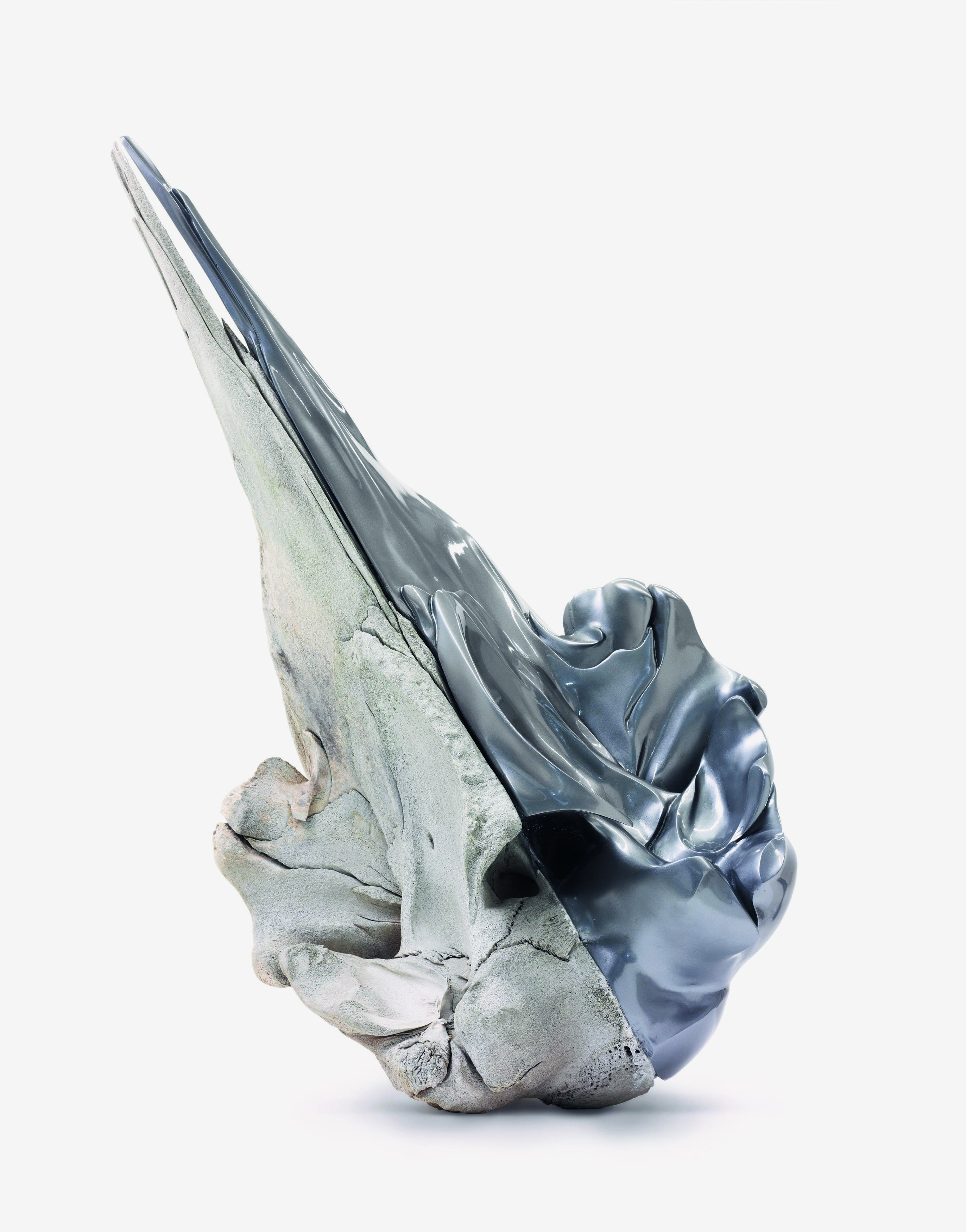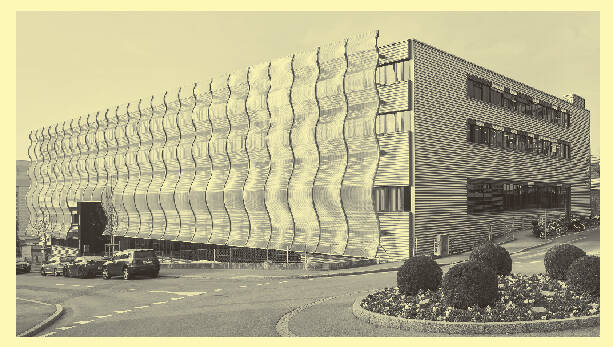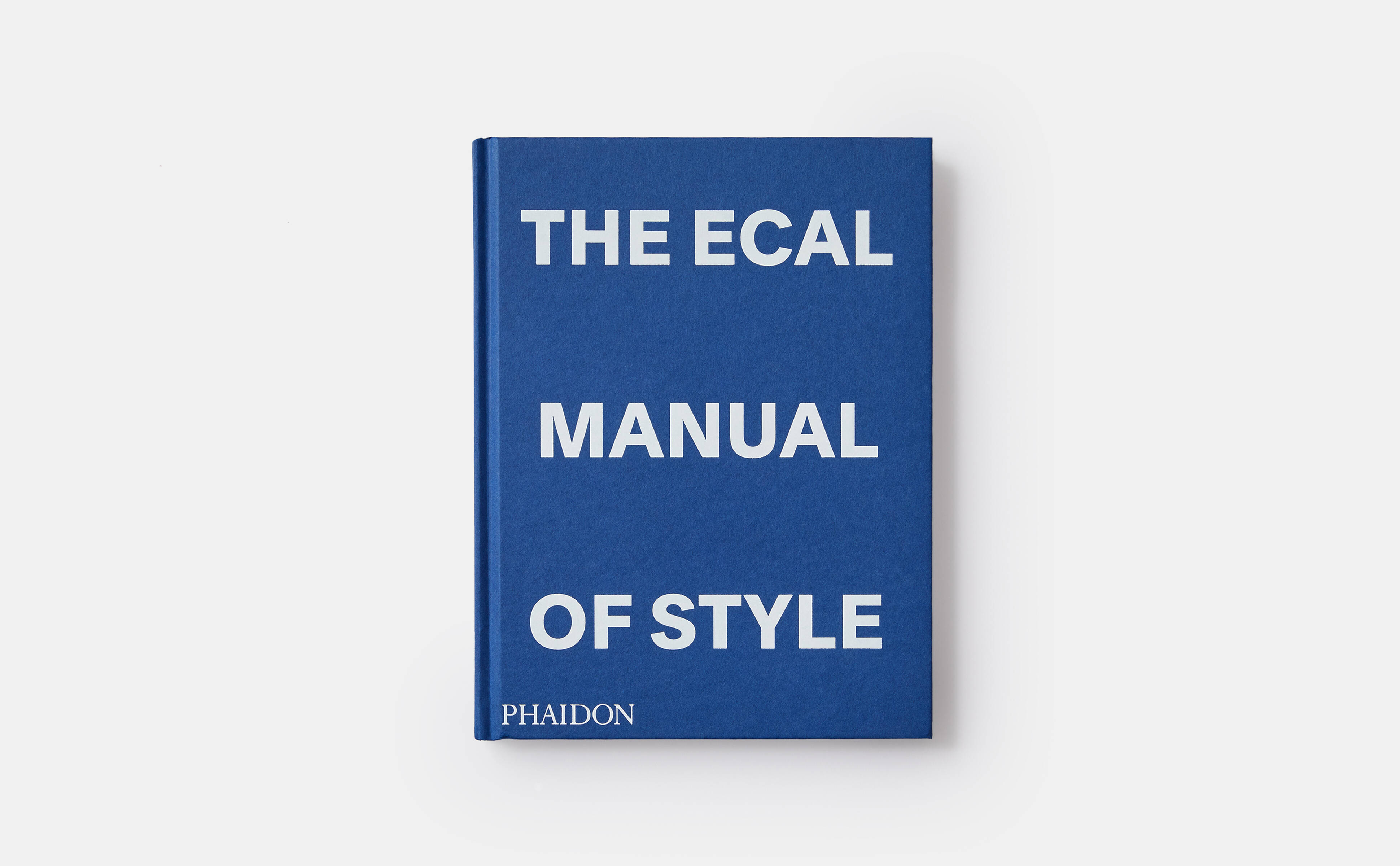
How one ECAL student turned a whale skull into a design object
Our new book on this seminal Swiss design school shows how contemporary creativity can be both local and global
Globalisation has brought us all closer, but in that great coming together, has something been lost? The Swiss-born, London-based writer and curator Hans Ulrich Obrist is a well-established figure in our global village, yet even he realises the creative drawbacks associated with an age of instantaneous communication and worldwide travel.
Writing in our new book,The ECAL Manual of Style, Obrist considers how design should be taught today. It’s a problem ECAL, or the Ecole cantonale d'art de Lausanne, has solved pretty effectively over the past few years, combining blue-skies creative thinking with a deep involvement with practical industrial partners, such as Vitra, Camper and Yamaha.
Both ECAL and Obrist celebrate a world with few creative borders, but both understand how broad horizons can result in bland visions. Obrist quotes the Martinique writer and critic Édouard Glissant, who, said "we live in a world of globalisation, which leads to homogenising forces, extinction, and the disappearance of not only species but many cultural phenomena.”

ECAL (L'Eole cantonale d'art de Lausanne), Renens, Lausanne, Switzerland. Photo by Younès Klouche
How do you kick against this? One, unappealing way lies in “localism, a lack of tolerance, a refusal of a global dialogue,” writes Obrist. But there is another route out by celebrating and using local sources of inspiration.
What does this mean in practice? Well, a few years ago, ECAL’s staff and students picked out some highly localised sources of inspiration, via their Iceland Whale Bone Project.
“In January 2013, seventeen ECAL students went to the Iceland Academy of the Arts in Reykjavík to attend a workshop led by Icelandic designer and ECAL alumnus Brynjar Sigurðarson,” explains our new book. “The aim of the trip was to fashion objects out of the bones of whales that are stranded each year on the coast of Iceland.
“According to Sigurðarson: ‘The idea was to collect various types of bones on the beach, but also shark skin or teeth, or even bits of plastic waste. From this starting point, the ECAL students who had come from all corners of the earth were supposed to draw on the atmosphere of this particular environment to create objects.
“The skull of a minke whale sprayed with automotive paint, cutters fashioned from shark’s teeth, ship models made with whale vertebrae, and masks assembled with the hides of marine animals: this poetic melding of primordial and contemporary materials offers a reflection on contrasts between the primitive and the progressive.
“Like the project Metaphors by Ettore Sottsass Jr., where the designer constructed and photographed architectural scenarios using string and sticks in the deserts of Spain, or the pewter stools cast on the beaches of Great Britain by Max Lamb, The Iceland Whale Bone Project operates in a post-studio model, where industry is set aside and local, natural constraints guide the production process. More than any previous ECAL project, The Iceland Whale Bone Project showed how broad the school’s limits were for allowing experimental work outside the traditional design-for-industry paradigm.”

The ECAL Manual of Style
That glittering whale skull, created by ECAL Masters student Milos Ristin, served no formal purpose, but that didn’t prevent it from being shown at international design fairs in Milan and Paris, and gaining press coverage in such outlets as Architectural Digest. The beautiful, bizarre object retains a distinct sense of place, while also finding admirers across the globe. For more on this project and many others, as well as more from thinkers of Obrist’s stature, order a copy of The ECAL Manual of Style here.